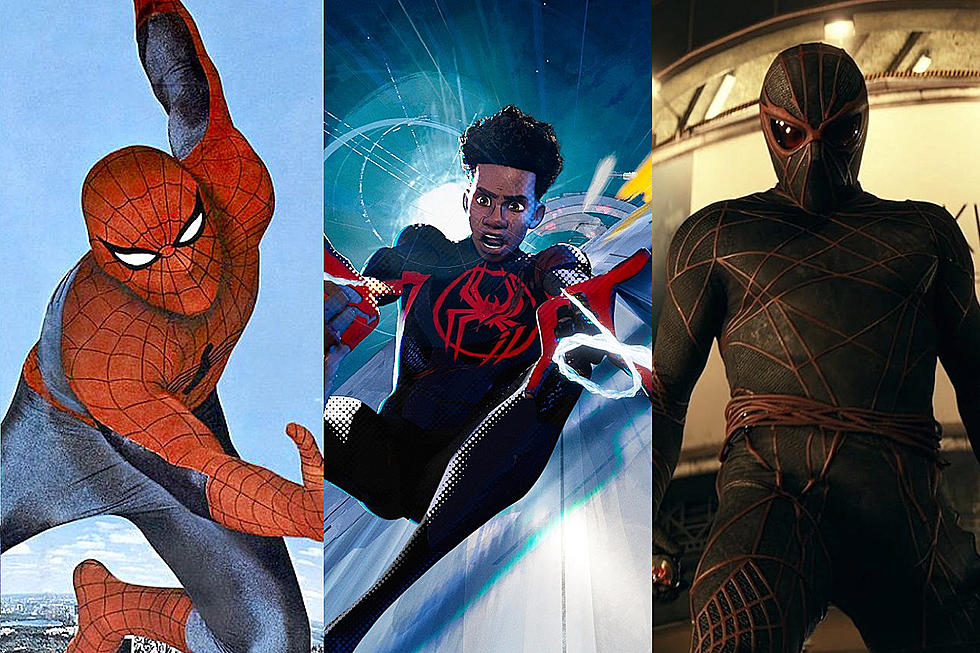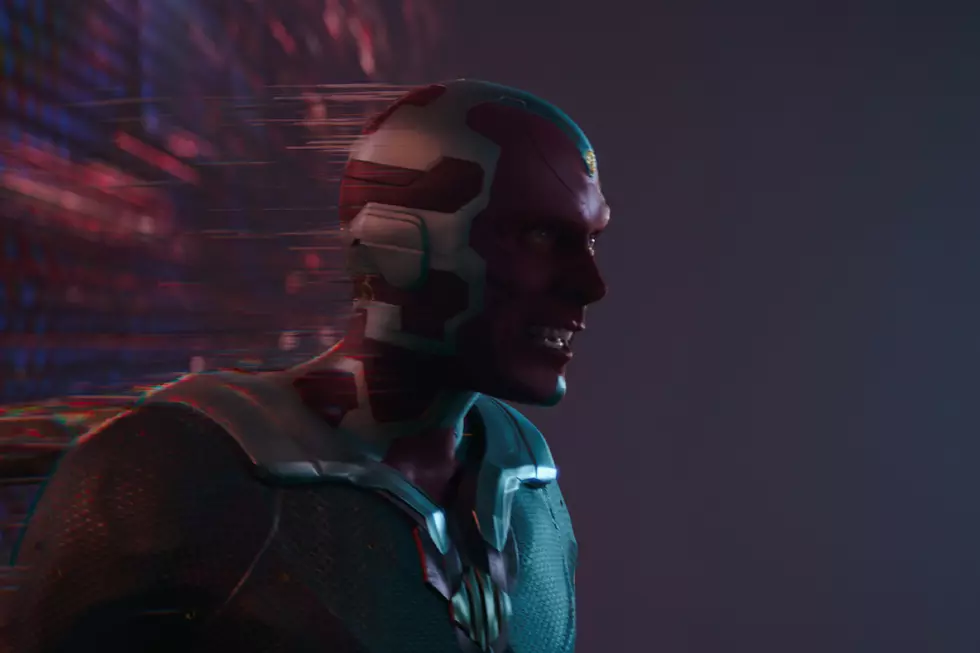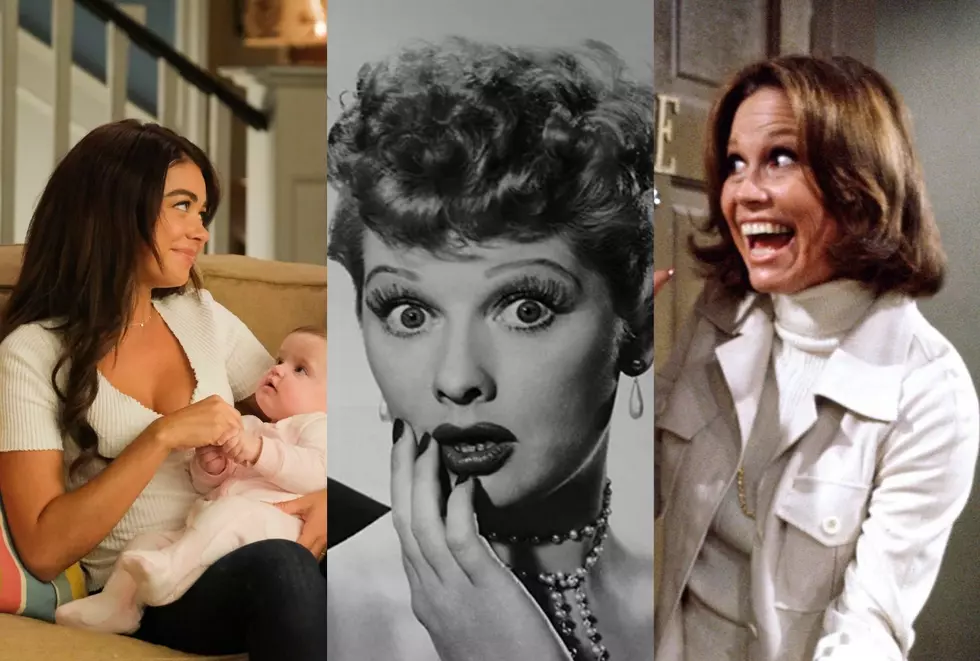
The Craziest Comic Book Creators of All Time
 There's something about the comics profession that reels in the weirdos. Ever since the initial boom of the Golden Age, the comic book industry has been a haven for scores of high-profile kooks, crackpots, iconoclasts, zealots, and eccentrics. We're not judging. But some people can be observed as out of step - As any nine-fingered auto mechanic named Carl will tell you, there's a fine line between genius and insanity. Amen, brother. God/Allah/Yahweh/Shiva/Xenu bless 'em, in some cases, the nuts are the ones responsible for groundbreaking work. Efforts that forced the medium to adapt and grow. Were they truly out of step with society? Or just going too fast?
There's something about the comics profession that reels in the weirdos. Ever since the initial boom of the Golden Age, the comic book industry has been a haven for scores of high-profile kooks, crackpots, iconoclasts, zealots, and eccentrics. We're not judging. But some people can be observed as out of step - As any nine-fingered auto mechanic named Carl will tell you, there's a fine line between genius and insanity. Amen, brother. God/Allah/Yahweh/Shiva/Xenu bless 'em, in some cases, the nuts are the ones responsible for groundbreaking work. Efforts that forced the medium to adapt and grow. Were they truly out of step with society? Or just going too fast?It's time we appreciate the genuine wackjobs responsible for great work. Put on your tinfoil hats and flick the lights on and off seven times to keep the demons away. These are most eccentric comic creators of all time. Precious as crazy diamonds every one.
William Moulton Marston
Lie detector developer, Wonder Woman creator, and Harvard-educated psychologist, Dr. Marston also had a way with the ladies. In an era when anything that revealed an ankle was considered daring, Marston carried on a long-term polyamorous relationship with wife Elizabeth and former student Olive Byrne while championing women's rights. His most famous creation was modeled after both wife and girlfriend, and an extension of his philosophy that a woman-dominated society was ideal. Woman-dominated society? Talk about crazy! Where's a bank of radio show sound effects when you need one? Heyooooo-just kidding.

Neal Adams
Responsible for the soon-to-be-reprinted Superman versus Muhammad Ali, some of the most powerful superhero work all-time, and defining the look of DC Comics in the 1970s, legendary artist Neal Adams has spent the last few years preaching his Growing Earth Theory to just about anybody who will pretend to listen. Adapting Expanding Earth Theory, Adams postulates that the Earth is constantly increasing in volume, and that it was originally much smaller with very little water. Despite the mountains of scientific evidence that refute this, Adams has extolled the virtues of his theory everywhere from comic conventions to You Tube to the Coast to Coast with Art Bell radio show. Because that's where you find credible people who know what they're talking about. Comic conventions, You Tube, and Art Bell.

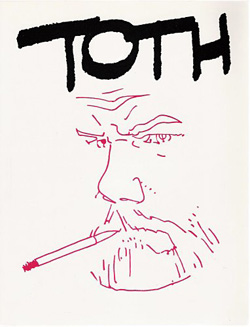 Alex Toth
Alex Toth
Best known for his design work on several Hanna-Barbera cartoons, Toth's mastery of the comics medium has never been in doubt. The list of artists taking their cues from Toth is both long and impressive: Darwyn Cooke, Steve Rude, David Mazzucchelli, et cetera. And in his later years, he liked nothing better than telling talented newcomers they were absolute crap. He wrote open letters and columns infested with exclamation points for "Alter Ego" magazine with titles like "Who Cares? I Do!" He raked his slavish devotees over the white-hot cheese grater of his critique and did it with sheer incredulity that they even bothered. To top it off, the legendary illustrator did it all "Nilsson Schmilsson" style, from the dirty-robed comfort of his palatial home in Los Angeles. *Mwah* That's some good weird.
Alvin Schwartz
No, not the Alvin Schwartz who wrote and illustrated dozens of children's horror stories. The one who partnered with a Tibetan thoughtform named Thongden, met Superman, invoked Batman, and astral-projected himself into different lives. That Alvin Schwartz. Beginning in the forties, Schwartz wrote both Superman and Batman newspaper strips and the "Superman" radio show – in which he introduced Bizarro to the universe. Around the same time Schwartz was hanging out in Greenwich Village with Jackson Pollack and writing The Blowtop, considered by many to be the first American existential novel. In 1997, his "spiritual memoir" An Unlikely Prophet chronicled his introduction to Thongden, a tulpa who claimed that Superman had achieved thoughtform status as well. Schwartz came to understand the malleability of identity, and in his follow-up A Gathering of Selves, lived dozens of fictional lives, including a monstrous Batman personality. If you're wondering why Grant Morrison wasn't included on this list, you can quit. Schwartz was writing about orgone energy in the forties and practicing magical paradigm shifting in the seventies. Without wearing latex chaps.

 Alan Moore
Alan MooreBest known for bringing maturity and psychological depth to the superhero genre, Moore also holds the Northern European title for Most Random Children Frightened. Storytelling mastery such as his can only be corporeally contained by a six-foot-something hair monster dressed like a pimp from an alternate dimension. Moore worships a fictional snake god named Glycon, proclaimed himself a Magus in public and through "Promethea," has a magical grimoire in the works and is vegetarian. (weirdo)
Jack T. Chick
Hey, it's obvious, but this Christian nut makes the list for kitsch value alone. Oh, the ironic joy of having a few Chick Tracts around the apartment is indeed one of life's true pleasures. Having a bad day and need to be cheered up? Chick Tract. Wondering if you should acquiesce to your parent's requests to go to church? Chick Tract. Trying to impress that Suicide Girl?
Chick. Tract.

Steve Ditko
A pivotal force in Marvel's early 1960s success, Ditko rendered the company's flagship character with an intensity and pathos rare to the medium. His work on "The Amazing Spider-Man" and "Dr Strange" remains a watermark today. Since the late sixties, though, his own "Mr. A" comics have fervently espoused the philosophy of Ayn Rand's objectivism with 94-word panels and a mighty objectivey fist. Though weirdly brilliant, each tale reads with the same "or else!" mechanics of Chick's most fanatical works. Eternal damnation is just replaced with death by proselytize. There is no gray! Intentions mean nothing! Come back for more over-the-top lectures next issue!
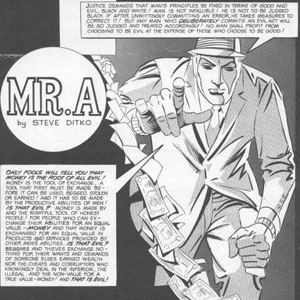
Honorable Mention: Henry Darger
Booyah. Here's the thing about the comic book industry in its infancy. If Henry Darger had shambled into Charles Gaines's office with the first thousand pages of The Story of the Vivian Girls, in What is known as the Realms of the Unreal, of the Glandeco-Angelinnian War Storm, Caused by the Child Slave Rebellion, Gaines would've shouted sold! faster than a Satan Mothchild at a pre-pubescent girl buffet. "Slap some panels on it and you got a deal, twitchy!" Gaines continues.

More From ComicsAlliance

